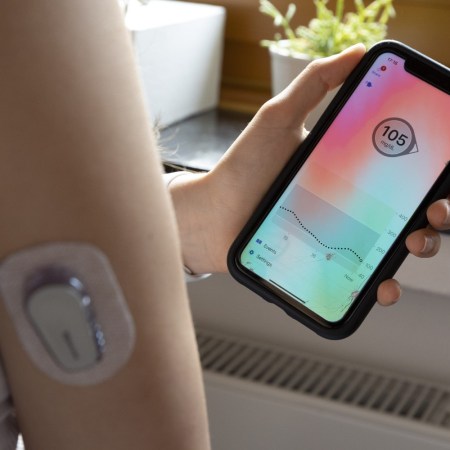This year’s World Cup was held in the corridor between Thanksgiving and Christmas in order to dodge Qatar’s oppressive heat, which averages 106°F in July. Even in December, though, the Persian Gulf has proven a sticky, humid host, with some games touching 85°F.
In order to save his World Cup — and potentially, Brazil’s chances at securing their first trophy since 2002 — star striker Neymar had to get out of the Qatari heat and into the extreme cold. After suffering a lateral ligament injury in Brazil’s very first match, a win over Serbia, Neymar stuck his aggrieved ankle (and the rest of himself) into a cryotherapy chamber, braving temperatures as extreme as -180°F.
As he’s since returned to the pitch, and is on the field for today’s quarterfinals match against Croatia, it’s only natural that the headlines will hand credit to the flashy icebox, which has surged in popularity over the last five years, and earned devotees with names like LeBron James and Daniel Craig.
A Non-Soccer Fan Visits The World Cup 2022 Sites — and Narrowly Survives a Desert Safari
Our writer went to Qatar to preview the host city for the world’s biggest sporting event and (maybe) learned to love the beautiful game in the processBut while a ton of teams did bring cryotherapy chambers to Doha, according to a former team doctor for England who recently spoke to The Athletic, the method is no silver bullet. Despite claims that the practice “flushes the body,” its impact appears to be analgesic more than anything else.
As Gretchen Reynolds wrote in an article for The Washington Post: “In a 2019 study, cryotherapy was no better after a hard workout at reducing markers of inflammation or muscle damage than sitting quietly.”
So what does work, then? What’s been keeping World Cup stars on the field — or putting them back on it after an injury? Well, somewhat surprisingly, considering the wealth of these football programs (England’s side is valued at over a billion dollars), their ultimate injury solutions aren’t that unfamiliar.
Physical therapists essentially play a game of inflammation limitation; once a scan confirms that a player hasn’t suffered structural damage (in which case he’d be sent on a flight home), they can commence daily, specialized treatments that reach up to six hours of attention a day.
It’s all on the table: compression tape or garments, swimming pool sessions, soft tissue massages, acupuncture, hydration, extra sleep in the form of sleep-ins or naps. Whatever it takes. During a tournament, the next game is always only a few days away, so the stakes are high.
In the past, that pressure — and the intensity of the pain — might’ve drawn some players and physios to an overreliance on injections or anti-inflammatories, but times (and World Anti Doping Agency measures) have changed. There’s too much short-term risk (e.g. thanks to a drug, a player can’t feel the pain in his Achilles, it then ruptures…now he’s out for months) and way too much long-term risk (an addiction to painkillers).
Not to mention, in this World Cup, gaffers are allowed to make five substitutions, not just the usual three. Many of the nations that have made it this far have forwards and midfielders riding the bench who play for international powerhouses like Liverpool or Barcelona. These players can be trusted to come on at any point in the game, giving tired or sore players a much-needed spell. For short-handed sides, well…compression is king, not cryotherapy.
The Charge will help you move better, think clearer and stay in the game longer. Subscribe to our wellness newsletter today.




















